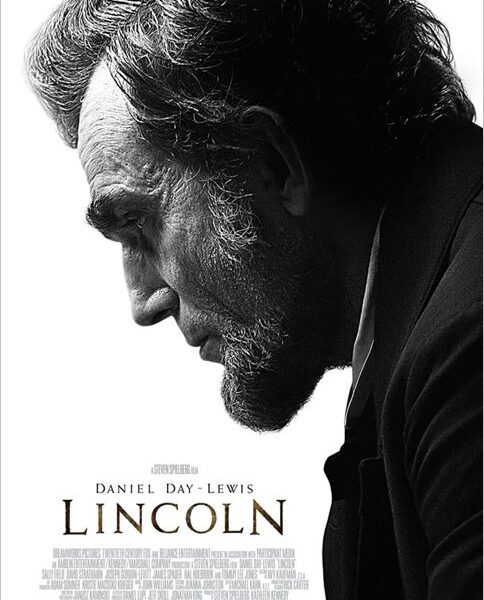In April 1863 the Ocean Ranger sailed from Fort Monroe, Virginia, to the Il a Vache, a small island off the southern coast of Haiti. The ship carried a little under 500 settlers, most of them recently freed from slavery and all seeking a new life in the western hemisphere’s only Black-majority republic. Although it garnered national attention at the time, this remarkable event has since been relegated to the status of a footnoted oddity from the American Civil War.
The scant secondary literature on Ile a Vache consists of period synopses, such as John Nicolay and John Hay’s biography of Abraham Lincoln, and a pair of article-length treatments in the 20th century by historians Willis Boyd and James Lockett. Otherwise, most treatments of the Ile a Vache colony reference it only to note that (1) it was the sole settlement from the Lincoln Administration’s ambitious black colonization program to come to fruition, and (2) it faltered under a string of natural disasters and man-made setbacks, leading the U.S. government to rescue the survivors the following year.
In Lincoln’s Lost Colony, author and journalist Boyce Thompson fills the gap by offering the first book-length examination of this episode. Thompson’s inquiry began as a genealogical exercise. He is a descendant of Bernard Kock, a New Orleans tobacco trader turned proprietor and self-proclaimed governor of the colony, and draws upon family records to uncover this enigmatic German entrepreneur’s personal story.
Though they vary in depth and detail, most accounts of Ile a Vache name Kock as the villain of the story, faulting his ill-prepared voyage and mismanagement of the colony for its failure. Thompson’s archival excavations add complexity and intrigue to this story by consulting a little-known pamphlet that Kock published in 1864 to clear his name. This document is significant in its own right, as it contains personal accounts by the colony’s doctor, the overseer of its planting operation, and other eyewitnesses. It also records Kock’s own history of the colony, including details of two little-known meetings he held with Lincoln to secure the president’s support for the project. One of these took place on January 1, 1863, roughly an hour before the signing of the Emancipation Proclamation.
Thompson does not consider Kock blameless in the enterprise, although he does uncover faults with multiple other parties. After initially receiving Lincoln’s blessing at the aforementioned meeting, Kock saw his contract sidelined by allegations of nefarious intentions. An unfounded rumor reached Washington that the former Louisiana trader intended to sell the colonists back into slavery after delivering them to Confederate naval officer Raphael Semmes at a designated meeting spot in the Caribbean. To salvage the deal, Kock made a fateful decision to transfer his contract to New York City investors Paul Forbes, Charles Tuckerman, and Leonard Jerome. The arrangements between the parties fell apart shortly after the Ocean Ranger’s departure, as the investors delayed a second ship carrying needed supplies such as lumber and a saw mill and then dispatched their own agent to wrest control of the colony from Kock.
The United States government became the third party to the dispute, due to onerous certification requirements that Secretary of State William Seward imposed on the colony as a condition for releasing federal funding. Kock blamed his investors for failing to properly supply him with promised provisions. The investors blamed Kock and his overseers for falling short of the government’s requirements, which included shelters that depended on the lumber they refused to send. The government blamed both for failing to meet the terms of its contract, and withheld funding.
Few in any party had the interests of the freedmen colonists in mind, although some incidental relief for their plight came from Kock’s desire to establish a successful sea island cotton operation. He governed with an increasingly heavy hand though as conditions deteriorated. Curiously, some of the worst offenses against the colonists came from a Haitian military guard imported from the mainland to maintain order. Instead, they brought cruelty and predation.
Consistent with recent scholarship on colonization, Thompson traces the underlying problems with Ile a Vache to political and financial intrigue. Accounts by Kock and Tuckerman of their meetings with Lincoln attest to the president’s own sincerity in pursuing the project, as well as rescuing it from legal obstacles in his own administration. At the same time, Seward’s onerous regulations likely set the venture up for failure, reflecting the secretary’s own opposition to colonization. Interior Secretary John P. Usher emerges as the story’s other political culprit. He weighed down the colony in bureaucracy and finally pulled the plug after dispatching his former law partner to the island as an investigator. Usher likely had financial interests in a competing colonization scheme in Panama that sought the same pool of government funding.
The settlement’s collapse and rescue in early 1864 did not shake Lincoln of his long-running interest in colonization, although it did enable political opponents of the venture to rescind the remaining budget appropriations. Thompson’s investigations tell us more than the political story though, as he assembles the most detailed yet account of the colony’s daily operations and hardships. And while the various testimonies often conflict owing to competing interests and assignments of blame, he does not attempt to tilt the scales for his reader. The result is a tragic yet fascinating chapter of Civil War history.
Phillip W. Magness is the David J. Theroux Chair in Political Economy at the Independent Institute.




